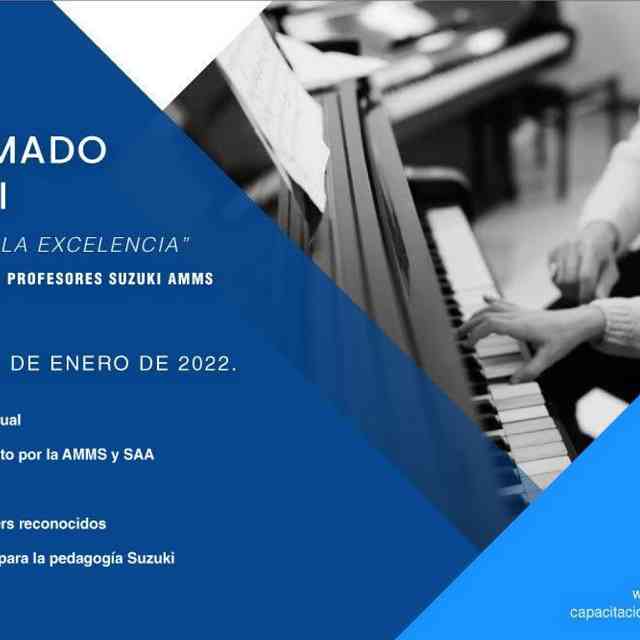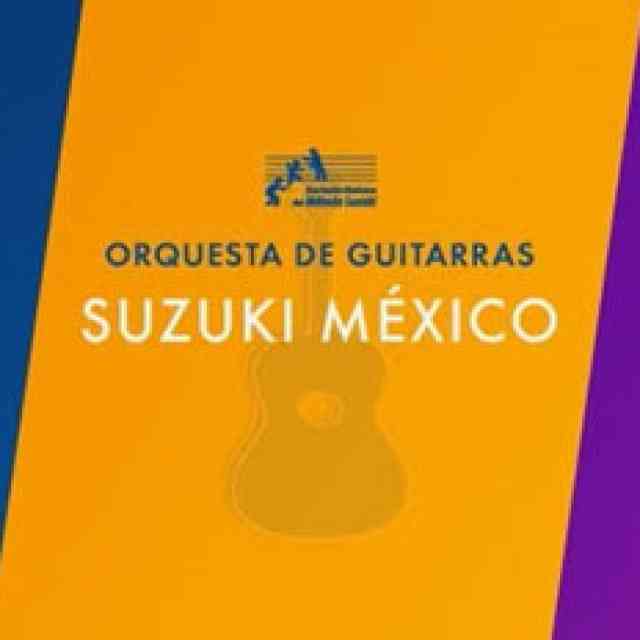Vanesa’s arm was just too short to reach first position on my full-sized violin, but as she wanted to play so badly, and because it was the only instrument available, I came up with a million things for her to do on open strings. She soon became the queen of Twinkle rhythms, mouthing the words as she played “Caminando todos juntos” (Mississippi Mississippi), “Yo vivo en Perú” (Mississippi Hotdog), “San Marcos, San Marcos” (Jack rabbits eat carrots), and the two I renamed just for her, “Vanesa, Vanesa” (Merrily Merrily), and “Aldea, Aldea” (Dr. Suzuki says never be lazy … ). At 5:30 every afternoon she and her aldeana brothers and sisters would slip into my house in the orphanage where we all lived, eager to place their feet correctly, bow, and make music on an instrument they had never really seen or heard before.
San Marcos is a small, isolated, mountain-enclosed town two hours from Huaraz in the Cordillera Blanca of Perú. The journey from Dartmouth College, where I am currently a sophomore, to San Marcos began when I read an article by María Luisa de Del Río in the SAA Journal about her experience in San Marcos teaching the bebitos in the local ludoteca, or early childhood program. Her article’s talk of mountains, tranquility, and a small, tight community caught my attention as I read it in my mother’s cello studio at my home in Vermont. After contacting María Luisa and hearing her enthusiastic response, I applied for and received the funds and support of Dartmouth’s Tucker Fellowship Program to travel to Perú and try my hand at teaching. Dartmouth’s quarter system allowed me to take three months off without worrying about credit or the fact that Suzuki violin has little to do with the Earth Sciences and Latin American literature that I am studying.
I was welcomed to Lima by Suzuki teachers there, who echoed my excitement at this chance for musical exchange, offering their support and friendship. Soon María Núñez Torres, the ludoteca program’s coordinator, and I were in Huarmey, a bustling coastal town, full of fresh fruit and fish, five hours north of Lima. I taught in the elementary school there, getting the students up and moving, clapping, singing, dancing, and playing games to violin music, giving them a welcome contrast to their usual disciplined classes. After a daily visit to the jugueria to buy thick papaya juice, I would spend two hours making music in the Comedor popular, a program for children who have to work in the streets, selling sweets or bread or flowers. It was this Comedor group, run by three wonderful teachers, which stole my heart with their eagerness and energy, with the kisses they showered on me every time I walked into the sunny room, with the sounds of the traditional songs “Ojos Azules” and “Poco a poco” that they sang for me when I left. Every one of them played “Caminando todos juntos” on my violin, their notes giving me the hope that I was having an impact, and their smiles assuring me that the impact I was having was a good one.
From Huarmey, I traveled up to San Marcos, the “paradise of the magnolias,” where I was given a regular schedule, an auditorium, and five hundred students in the local elementary school. It was here that the rhythms of teaching began to feel natural. I learned that to get the students’ attention all I had to do was fiddle. I learned that Long Long Ago, Allegro, Chorus, and the Bach Unaccompanied Gavotte were instant favorites, capable of holding first through sixth graders captive. Together we sang Lightly Row with Spanish words, first marching backwards, “Por atras, por atras, todos vamos por atras,” forwards, “Adelante, adelante, todos vamos adelante,” in place, “En mi sitio quedaré, en mi sitio quedaré,” and backwards again. We made rhythm orchestras with our hands, feet, tongues. We moved various body parts in time to first happy, then sad music, the students barely able to contain their excitement at being allowed to move and express themselves in school. We turned Twinkle (Estrellita) into a cheese sandwich, singing the pan, queso, and pan in separate groups. We did things that these children, most of whom come from small farms in the hills surrounding San Marcos, walking hours to school every day, had never even imagined before. And there were parts that I had never imagined either, like the feeling the first time one of the students called me “Profesora Naomi;” like the odd mixture of familiarity and unfamiliarity that defined those weeks, hearing the words that I had heard over the past twelve years from my two violin teachers, my mother as she taught her students, and my orchestra conductor, come out of my mouth in Spanish.
In San Marcos I discovered that the highs of teaching are inspiring and life-changing and that the lows can be utterly devastating. At times I was ready to pack up my violin for good. At other times, such as moments in the school, with the first graders dancing in a line behind me and my violin, moments in the aldea infantil, as each kid defined his or her own way of playing, grunting on every beat, dancing, sawing at the strings, giggling, my faith in the power of playing music with others was strengthened a thousand times over.
Unwilling to leave these San Marquinos with only memories of our music making, and with Vanesa’s small arms in mind, I bought a half-sized violin as a gift for the aldea. The community wished me farewell with traditional Andean dances and songs, and I left them a musical seed and, if anything, the enthusiasm and wonder needed to play music. I hope that I can return, that others will visit San Marcos, bringing their music with them; I can’t think of a better gift, to give or to receive. The night before I left, as I packed brightly colored woolen blankets, stone carvings of Pre-Incan condors, and cassettes of Huayno Andean music, into my suitcase, hardly understanding that my three months of Perú, music teaching, mountains, and Spanish, were ending, I heard the notes of Estrellita floating out of Milagros’ room and joining the eucalyptus breeze and the silent Andean night.
Congratulations to Dartmouth student, Naomi Heidel! Everyone in the San Marcos community has spoken very highly of her work, her dedication and her creativity. Perhaps others will follow her example and volunteer to work to bring music and the Suzuki philosophy to all regions of the Americas. Thank you Naomi for your leadership and for bringing joy to the children of San Marcos! –Caroline Blonder-Fraser








